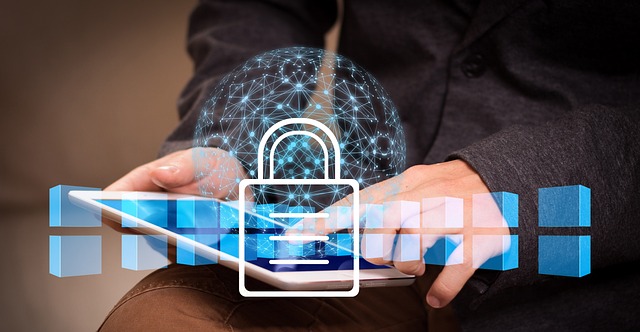Introduction
In today’s digital age, online safety and privacy have become a significant concern for individuals, businesses, and governments alike. With the rise of social media, e-commerce, and cloud computing, our personal data has become a valuable commodity that can be easily accessed, shared, and exploited by hackers, advertisers, and other malicious actors. As a result, it is essential to understand the importance of online safety and privacy, and take steps to protect ourselves from online threats.
Understanding Online Safety and Privacy
Online safety and privacy are closely linked concepts that refer to the measures taken to safeguard our personal data, online activities, and digital identity. In today’s digital landscape, online safety involves protecting ourselves from cyber threats such as phishing scams, malware, ransomware, and other types of online attacks. On the other hand, online privacy refers to the right to control who has access to our personal data and how it is used.
Key Points to Consider
* Data Protection Laws:
Data protection laws vary by country, but most have implemented regulations that require organizations to protect sensitive information. In the European Union, for example, the General Data Protection Regulation (GDPR) sets strict guidelines for data collection, processing, and storage.
* Password Security:
Choosing strong passwords is crucial for online safety. A combination of uppercase and lowercase letters, numbers, and special characters can make a password more difficult to crack.
* Two-Factor Authentication (2FA):
2FA adds an extra layer of security by requiring users to provide a verification code sent to their phone or email in addition to their password.
* Public Wi-Fi Risks:
Public Wi-Fi networks can be vulnerable to hacking, as anyone with the network’s credentials can access the internet. Using a VPN (Virtual Private Network) or mobile hotspot can mitigate these risks.
* Social Media and Online Profile Security
Protecting our online profiles from unauthorized access is essential. Setting privacy settings, using strong passwords, and avoiding public sharing of sensitive information can help safeguard our digital identity.
Steps to Improve Your Online Safety and Privacy
1. Update your operating system, browser, and other software regularly to ensure you have the latest security patches.
2. Use a reputable antivirus program to scan for malware and viruses.
3. Create strong passwords and consider using a password manager to generate and store unique codes.
4. Enable two-factor authentication whenever possible to add an extra layer of security to your accounts.
5. Be cautious when clicking on links or downloading attachments from unknown sources, as these can contain malicious software.
6. Use a VPN when accessing public Wi-Fi networks to encrypt your internet traffic.
7. Regularly back up your important data to a secure location, such as an external hard drive or cloud storage service.
Conclusion and Advice
Protecting our online safety and privacy requires ongoing effort and vigilance. By understanding the importance of these concepts and taking steps to improve our digital security, we can reduce the risk of cyber threats and maintain control over our personal data. Stay informed about the latest online safety trends and best practices by following reputable sources and staying up-to-date with the latest technology advancements.
Tags: Online Safety, Data Protection, Password Security, Two-Factor Authentication, Public Wi-Fi Risks



